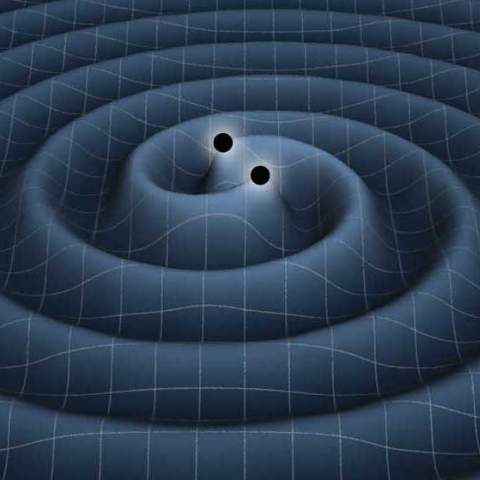New gravitational wave-detectors could help scientists solve more cosmic mysteries

New gravitational-wave detectors are cropping up
They can help scientists understand matter and black hole better
Gravitational waves are disturbances in the fabric (or curvature) of spacetime. They’re believed to be generated by accelerated masses, which propagate these ripples outward from the source at the speed of light. In the past, they have helped us understand a good deal about matter and black holes. Now, however, we hear news of gravitational-wave observatories cropping up on Earth and in space. These observatories should help scientists dive deeper into the matter (sorry for the pun).
Since gravitational waves are very weak, writes Space.com in its recent article, they’re extremely difficult to spot. Apparently, Albert Einstein himself was not sure whether they actually existed or would ever be detected. But to everyone’s surprise they were discovered—in 2015, using the Laser Interferometer Gravitational-Wave Observatory (LIGO). The observatory consists of a pair of detectors: one in Washington and one in Louisiana. Each detector is reportedly shaped like the letter L and has legs about 4 kilometres long.
Since LIGO’s laser-based detectors are approximately 3,000 kilometres apart, it can take up to ten milliseconds for a gravitational wave to go from one detector to the other. Researchers use this time difference to figure out where the waves are coming from. As more such observatories crop up, scientists will be better equipped to detect the source of gravitational waves. One of the newest detector facilities is called Virgo and it’s located in Pisa, Italy.
Even with such a large and extensive setup, only the strongest gravitational waves get picked up by LIGO and Virgo. The key is to have more detectors set up. “Beyond 2025, scientists are discussing two advanced gravitational-wave observatories — the Einstein Telescope and the Cosmic Explorer,” writes Space.com. They’re expected to be placed underground to reduce noise derived from seismic vibrations. Reducing noise is believed to boost sensitivity to gravitational waves in these detectors.
Cover image courtesy: NASA
Digit NewsDesk
Digit News Desk writes news stories across a range of topics. Getting you news updates on the latest in the world of tech. View Full Profile





